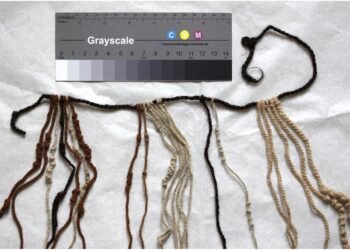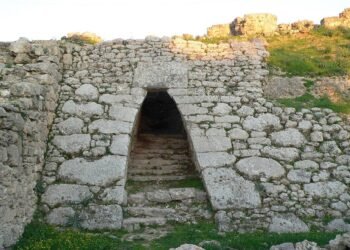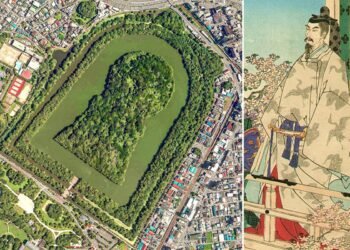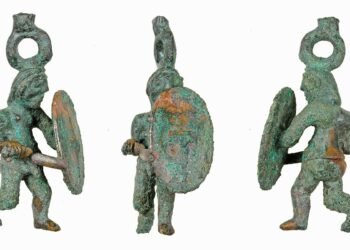The 2024 excavation season at Kouklia-Martsello in Palaepaphos, western Cyprus, has uncovered a rare fragmentary inscription in the Cypriot syllabary. Carved into stone during the Cypro-Archaic period (750–480 BCE), the inscription was later repurposed in a wall’s construction.
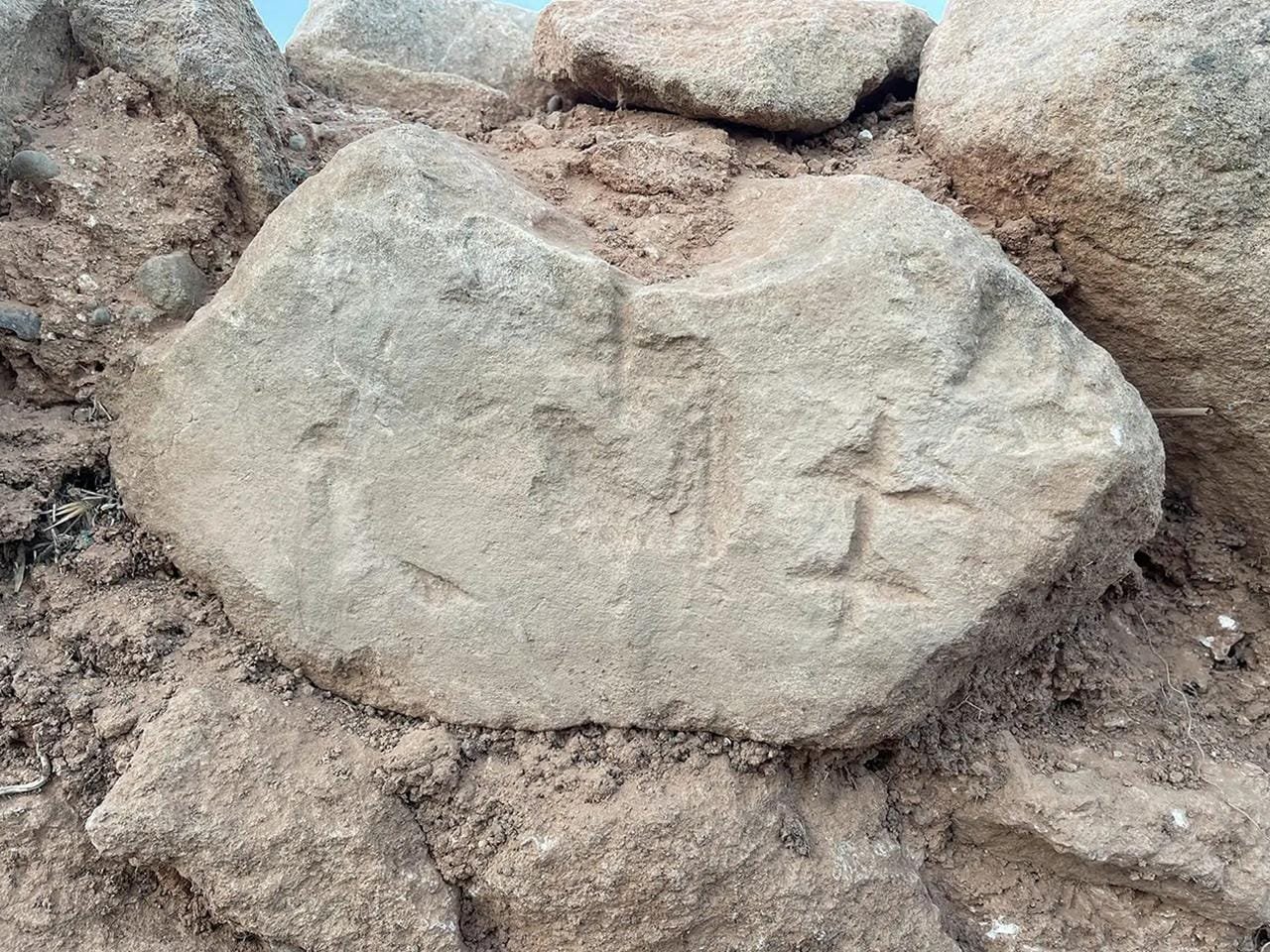
This discovery has garnered widespread interest due to its potential to shed light on ancient Cypriot language and culture. The excavation was led by Professor Konstantinos Kopanias of the National and Kapodistrian University of Athens (NKUA) and supported by a team of 12 students, with funding from NKUA.
The Cypriot syllabary, used from the 11th to the 4th centuries BCE before being replaced by the Greek alphabet during Alexander the Great’s Hellenization efforts, is thought to have descended from the Minoan Linear A script.
Palaepaphos, originally established in the Late Bronze Age, served as the urban and administrative center of the Paphos kingdom during the Iron Age. The site was associated with the worship of a fertility goddess whose cult evolved into that of Aphrodite after the Achaean and Dorian Greeks colonized the region. While the sanctuary thrived as a religious and cultural hub through the 4th century BCE, its prominence declined with the rise of Christianity and the transfer of the kingdom’s capital to Nea Paphos. Systematic excavations of the site began in the 1950s, with additional efforts by German-Swiss and University of Cyprus missions in subsequent decades.
The site’s most notable feature is a monumental wall spanning 168 meters, first partially uncovered in earlier excavations. This season’s research focused on clarifying the construction phases and the function of a tunnel running beneath the wall at a depth of 2.3 meters. While the tunnel’s purpose remains enigmatic, it is hypothesized to date from the Cypro-Archaic or Cypro-Classical period and possibly relate to the Persian siege of Palaepaphos in 499/498 BCE.
A key focus of the 2024 excavation was a Π-shaped structure north of the wall, initially believed to be a defensive fortification. New evidence suggests that the structure, facing the sea, had a cultic rather than military function. Founded in the Late Cypriot III period (12th–11th centuries BCE), it fell out of use during the Cypro-Geometric period but was repaired in the 6th century BCE. Intriguingly, the structure bears depictions of ships, with two engravings discovered in 2023 and a third, incomplete depiction uncovered this year. These engravings resemble vessel imagery found at Kition.
Reflecting on the season’s achievements, the Department of Antiquities of the Deputy Ministry of Culture commended the researchers for their contributions to unraveling the site’s complex stratigraphy and cultural significance. As Professor Kopanias emphasized, “Each discovery at Palaepaphos deepens our understanding of a site that bridges ancient Cyprus’ linguistic, architectural, and religious traditions.”



